Tsubasa Ozara, also known as Oliver Atom, has been scoring goals for over 40 years. When a young mangaka artist fell in love with Brazil’s football team in the 1978 World Cup, the Captain Tsubasa series was born, and Japan’s relationship with The Beautiful Game has never been the same.
Brazil didn’t win that cup (Argentina did), but curiously enough, Brazilian players traveled to Japan and started playing in the country’s clubs. This helped raise the level of Japanese football, which didn’t have a professional league back then.
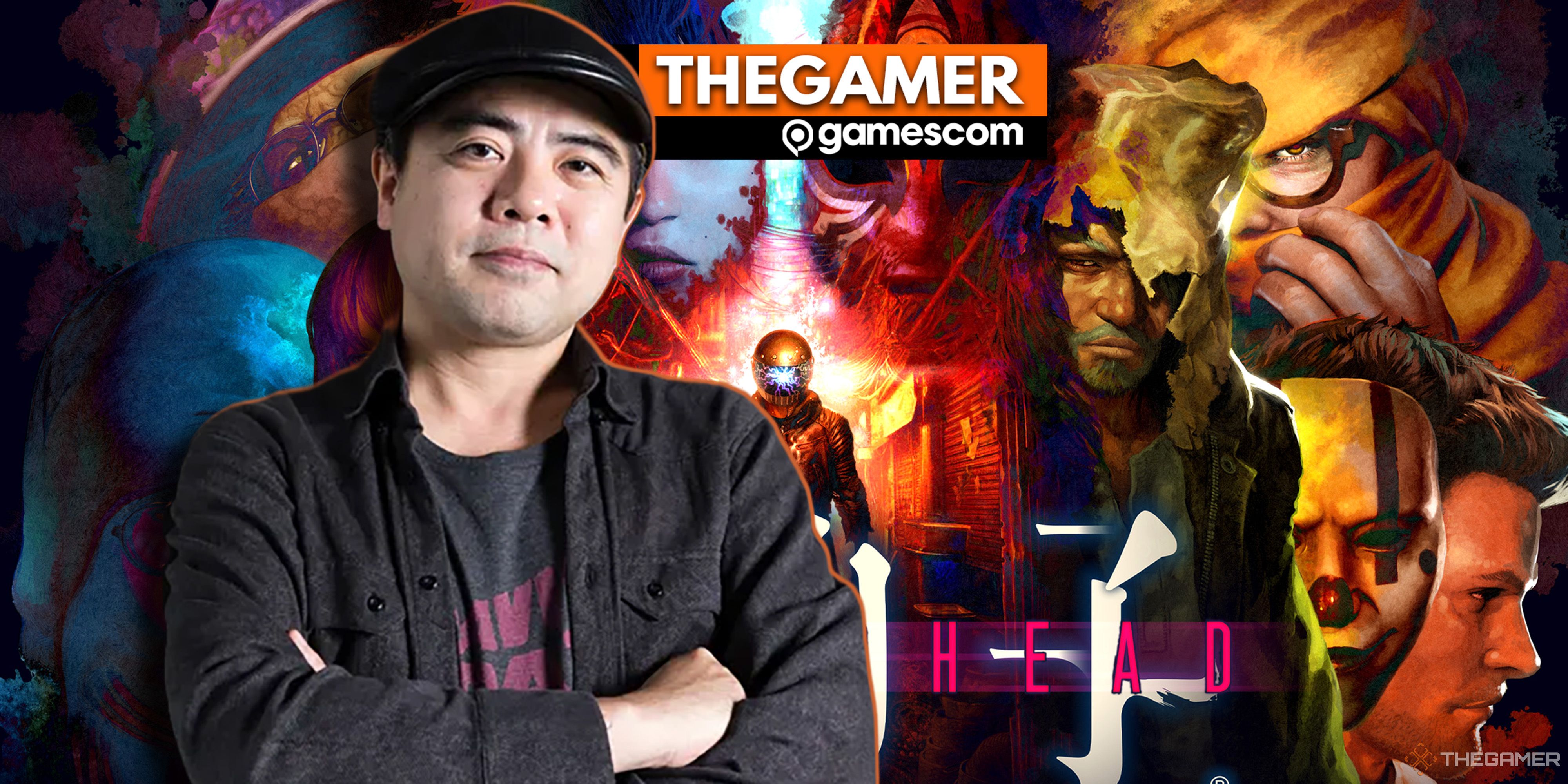
Related
We sat down with Keiichiro Toyama to speak about his early days directing Silent Hill and the upcoming Slitterhead.
Following his fascination with these foreign players and the wish for Japan to win a World Cup, Yoichi Takahashi has never stopped drawing marvelous and ridiculous plays with its fictional characters. Captain Tsubasa is about “helping each other and never giving up on your dreams” according to its author, and it reflects his journey from drawing manga at his school to becoming one of the most important mangakas in the medium’s story.
Japan hosted the World Cup in 2002, but has never progressed beyond the Round of 16. However, they have left the previous two tournaments as global fan favorites.
Captain Tsubasa’s influence on pop culture can’t be measured, inspiring countless mangakas, artists, as well as football legends such as Lionel Messi, Andrés Iniesta, Zinedine Zidane, and countless more.
However, Takahashi doesn’t seem surprised by the impact of his long-running series. “I’m just continuing to do what I like, so I don’t really think about it,” he explains. “I think the reason I have been able to continue creating these works for so many years is because the characters seem to be saying ‘draw us more, let us play an active role’, and they are lively in the works.”
Rising Sun was the eighth story arc in the series, and the longest since its debut in 1981. It started in 2014, and the last issue was published in 2024. However, Tsubasa continues to appear in different media, including video games.
Since last December, Captain Tsubasa has been featured in a collaboration with Konami’s eFootball. This includes special modes where you can play with the iconic characters in a cel-shaded style, unique art for cards with famous players like Neymar and Takefusa Kubo, avatars, badges, and other sweet rewards for fans of the series.
When asked about this collaboration, Takahashi reflects on the different ways and forms you can experience a piece of work. It isn’t the same thing to read a manga chapter than play a match with its characters, of course, but he thinks “it’s a good thing” that more ways of interacting with Tsubasa’s journey exist. He also wants to work with more studios interested in the series.
After drawing page after page of people kicking balls into nets for decades and watching infinite matches, you’d think that anyone would get bored of the sport. But Takahashi still loves football, and it seems like he can’t get enough of it.
His favorite team, outside of Japan, is FC Barcelona. He has been to Europe many times, invited as the iconic figure he is, to watch matches. Takahashi notices that more and more Asian players are joining clubs in Europe, and he’s “delighted to see the level of football improving.”
Takefusa Kuba himself was at Barca’s academy, though he left without making a first team appearance, and is now a key player for Real Sociedad.
He also likes to talk about what he finds so different in Europe when compared to his country. “Japan tends to value tradition, and I often feel that the manga genre is not yet being properly evaluated,” he explains. “But in the West, I feel that things that are simply interesting are being properly evaluated.”
At 64 years old, Takahashi has retired from the big manga magazines, which have tight schedules and high demand. These extreme conditions haunt every popular mangaka who is published weekly, usually harming their health in the short and long term. Many artists do not finish their series because of health issues, leave their work on continuous hiatus, or even die before finishing them.
However, Takahashi still draws manga chapters of his beloved series, and it doesn’t seem like he’s stopping any time soon. He does it in a more relaxed way, though, uploading pages with drawings that look like drafts that need to be worked on. This helps him carry his craft on his own terms, focusing on what he can achieve at his age, like better story developments.
Takahashi doesn’t know when Tsubasa’s story is going to end, but whenever it does, we can be sure that his legacy will live forever.
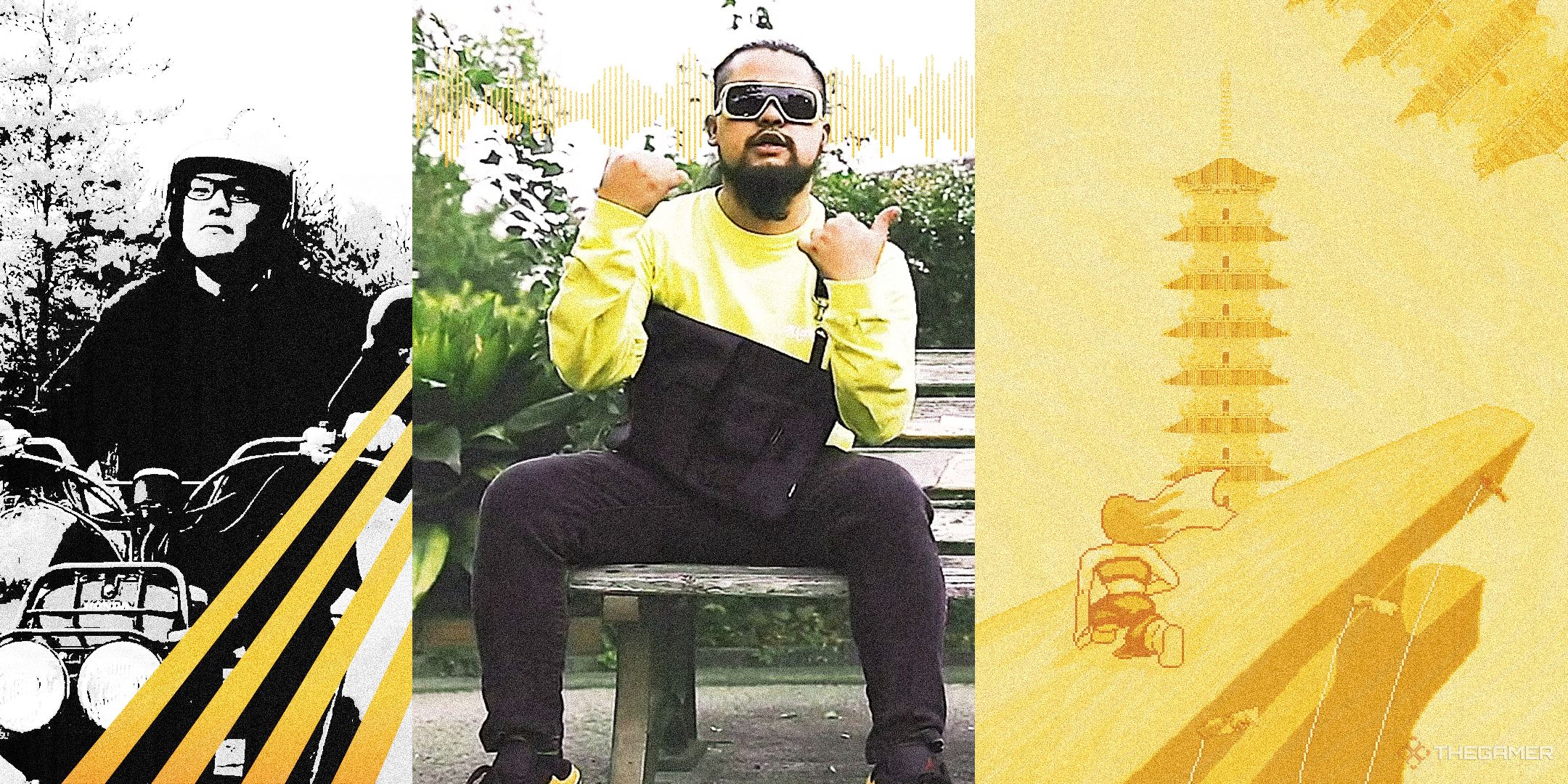
Next
Sonokuni Interview: From Japanese Hip-Hop Band To Game Developers
Don Sagawa, lead developer from Don Yasa Crew, explains how the group decided to jump into the video games industry.
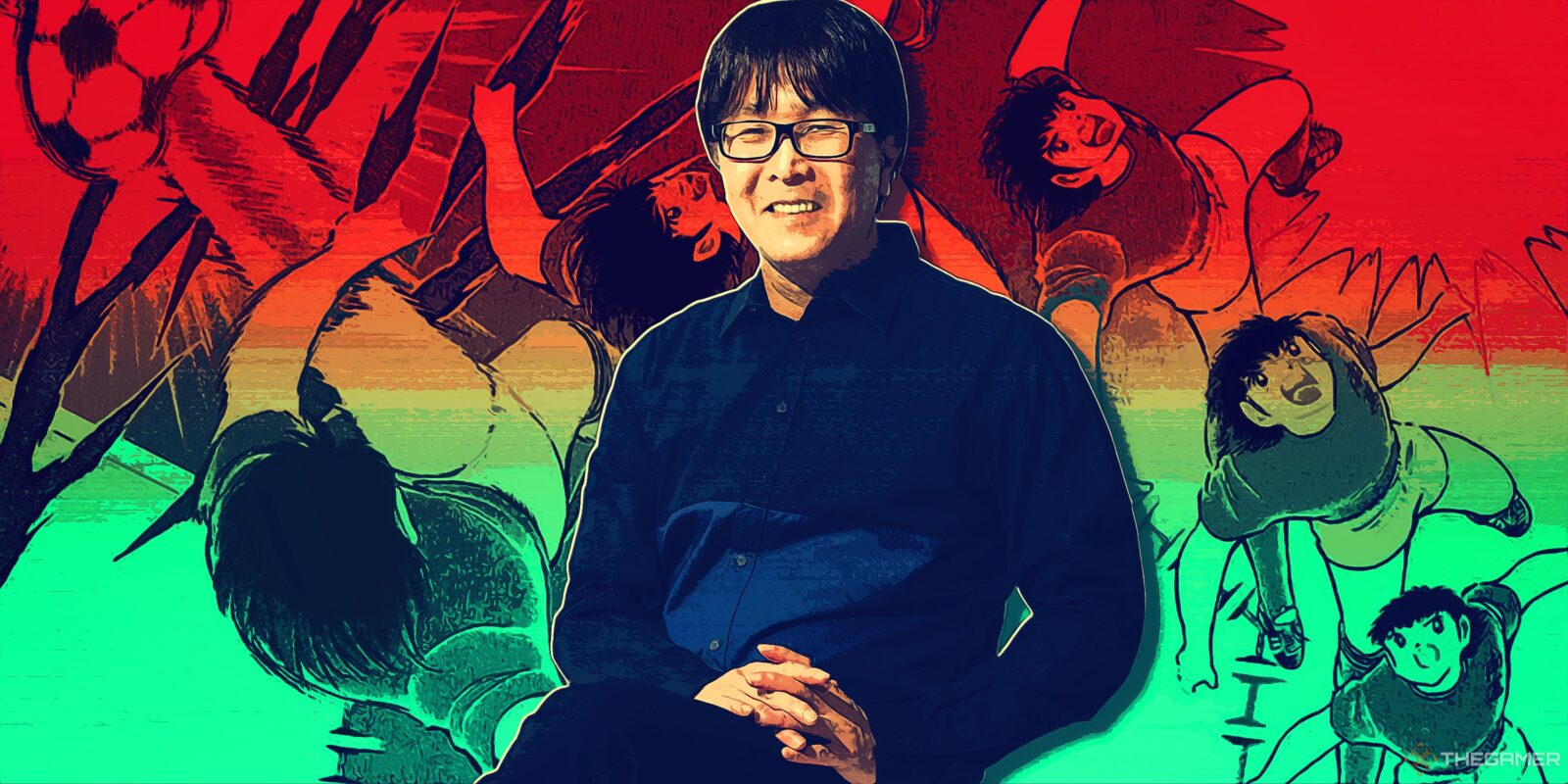
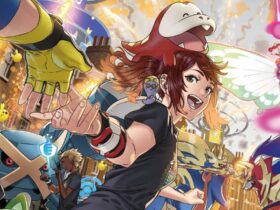
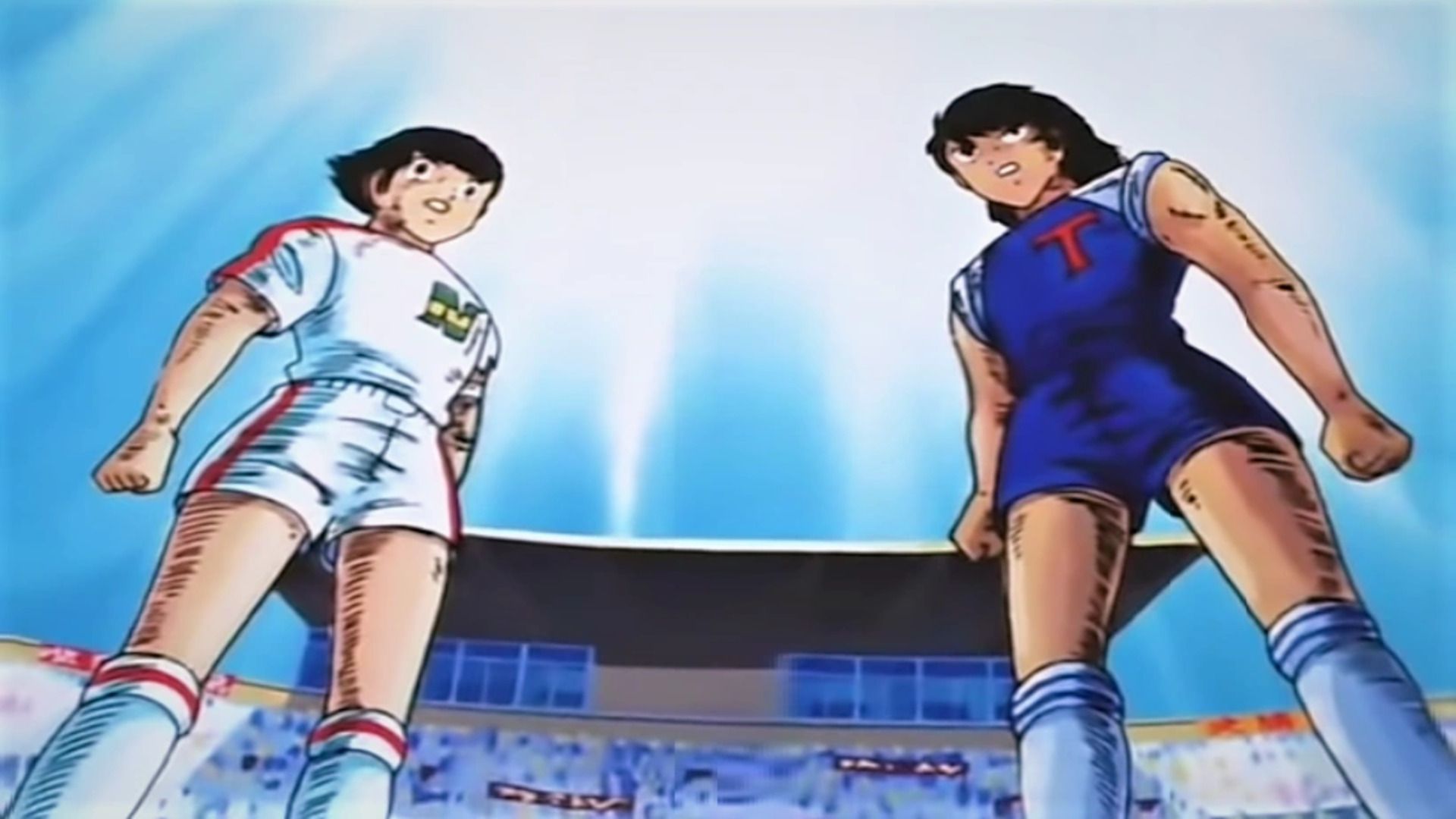
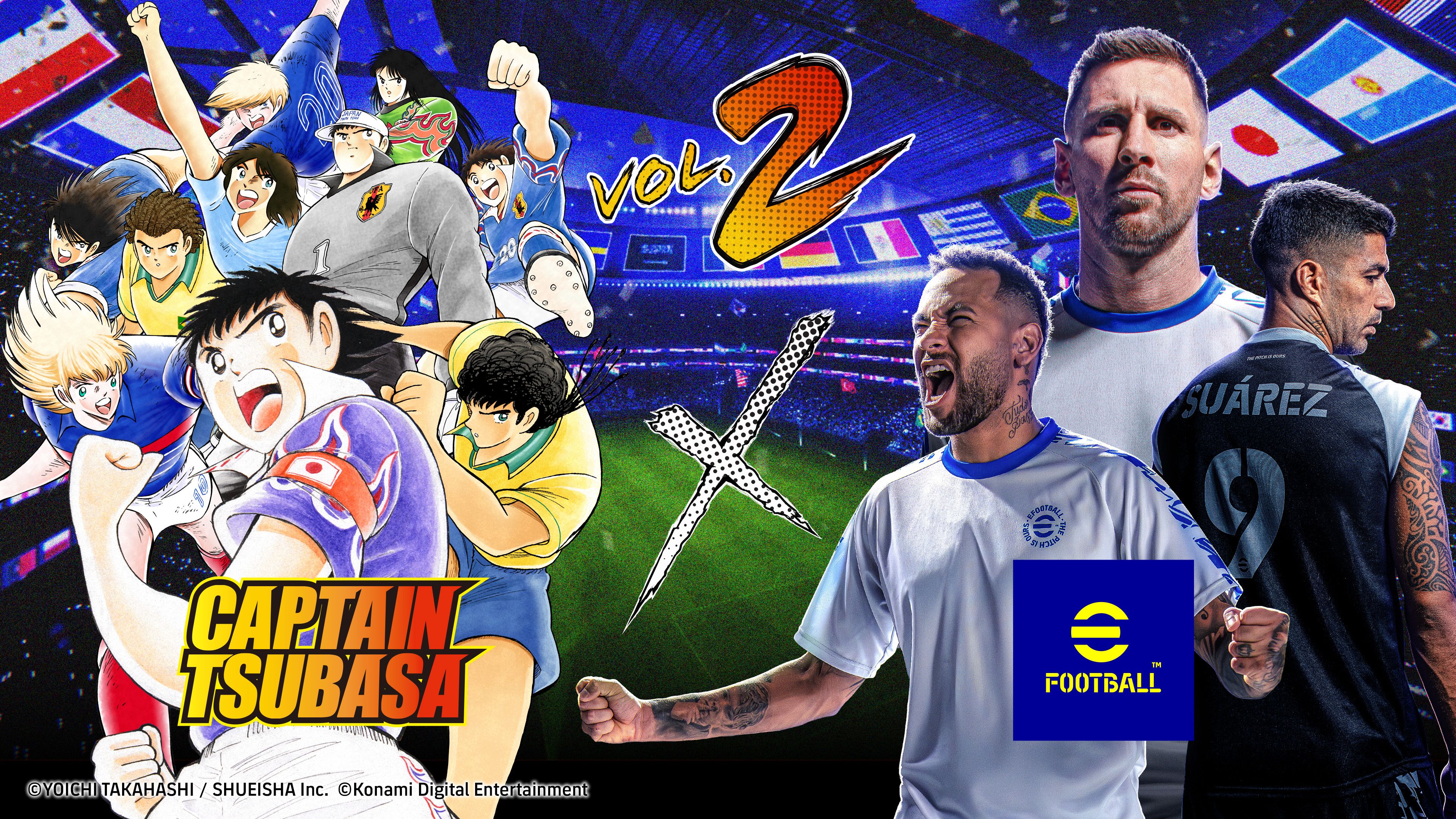
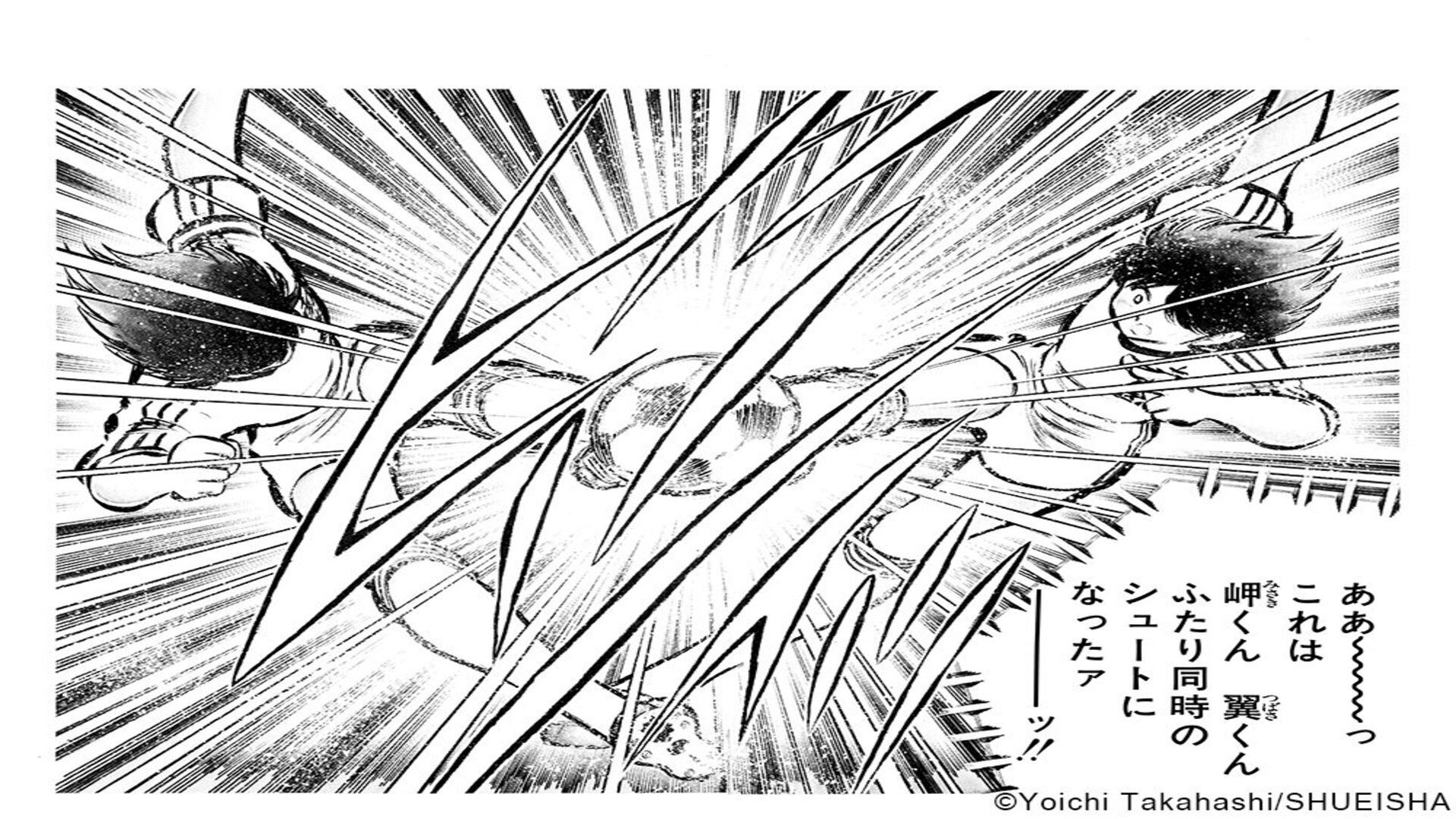






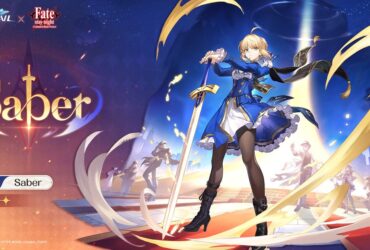
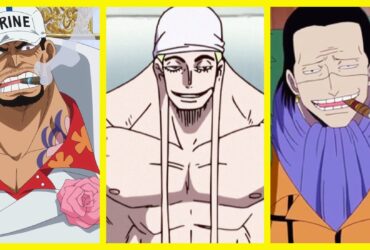

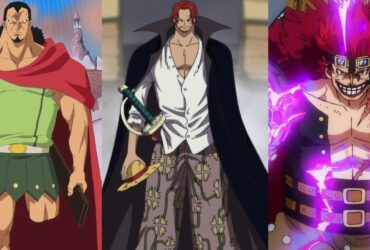
Leave a Reply